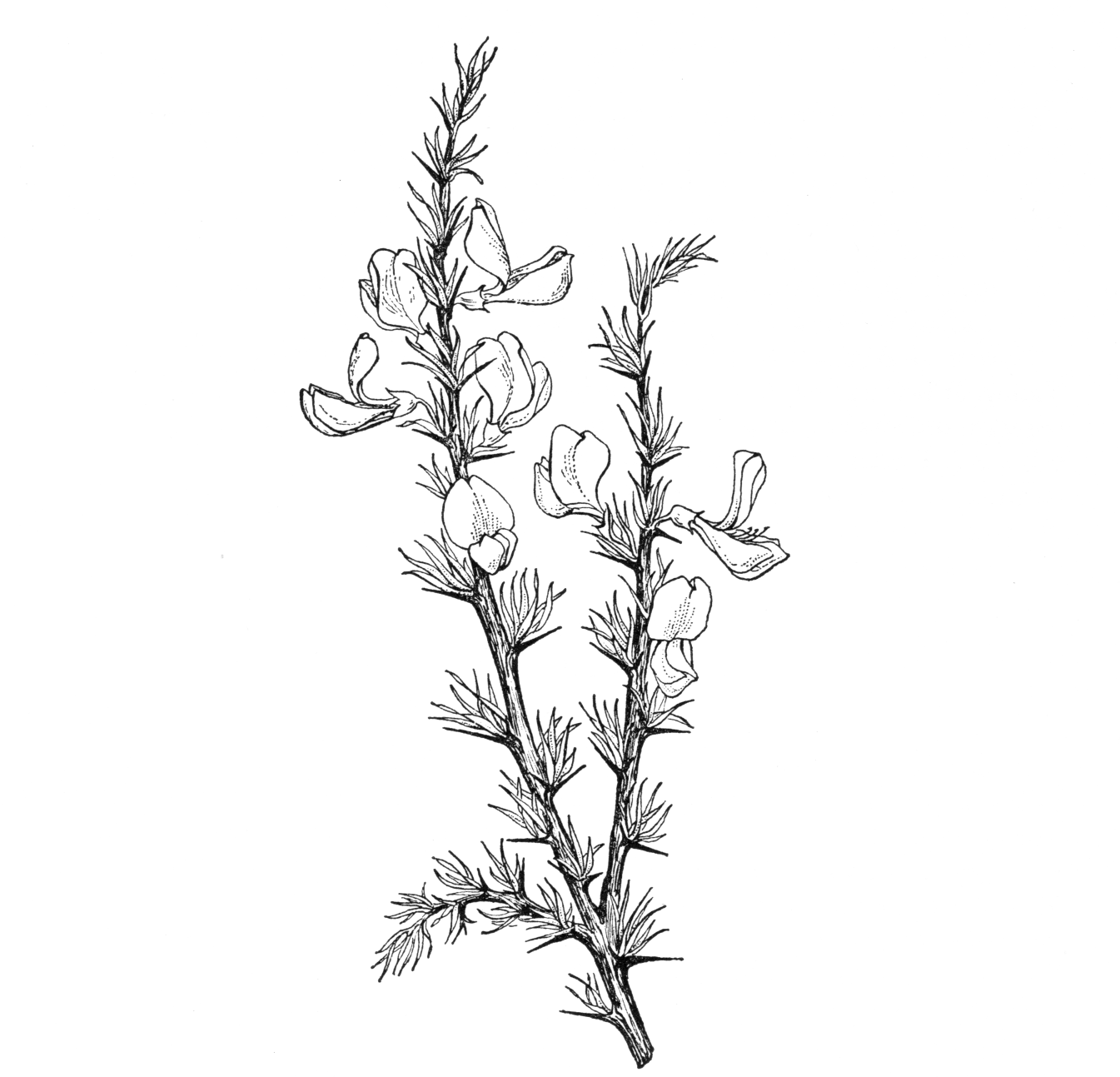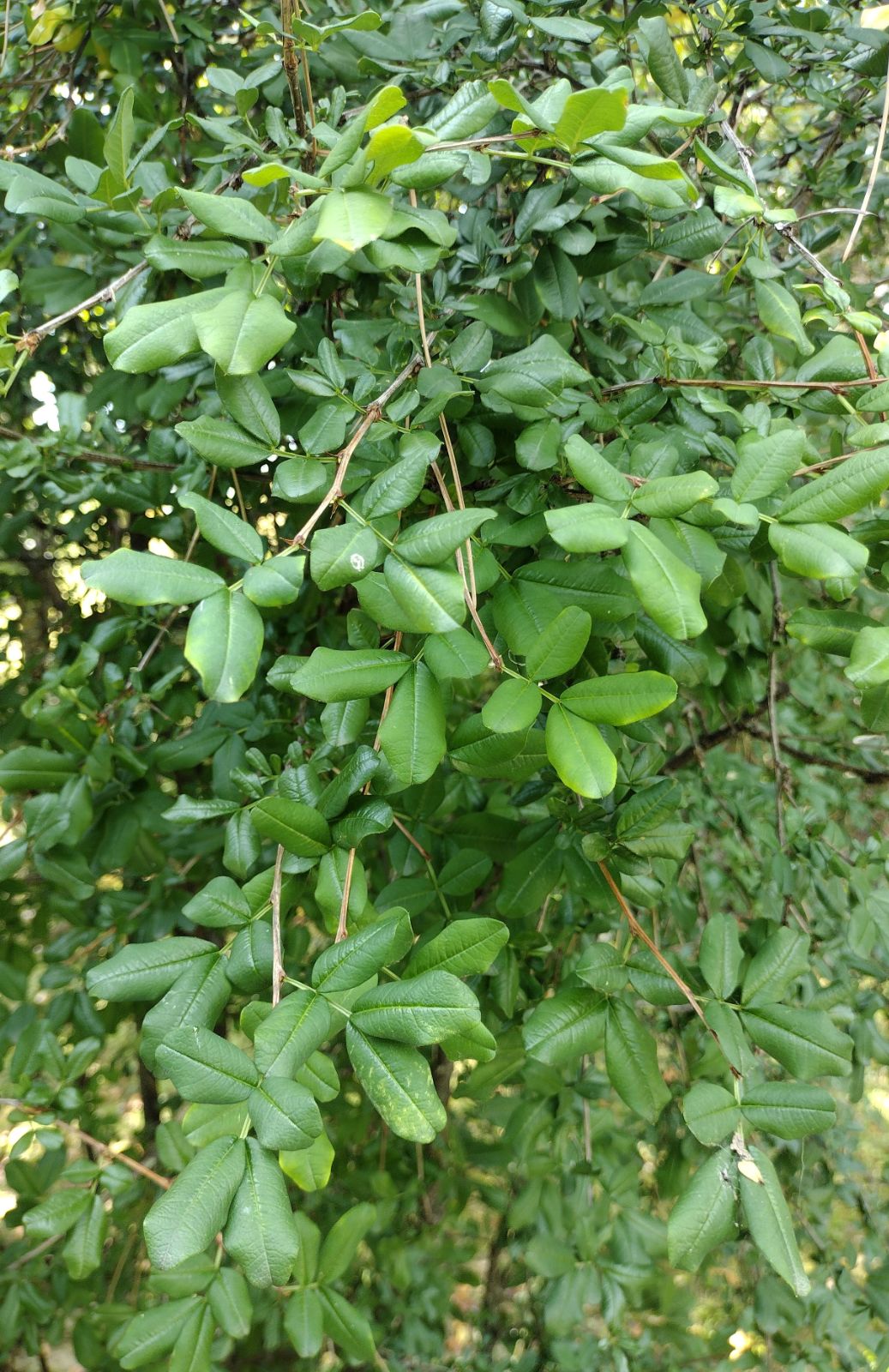Caragana
Credits
Article from Bean's Trees and Shrubs Hardy in the British Isles
Recommended citation
'Caragana' from the website Trees and Shrubs Online (treesandshrubsonline.
Family
- Leguminosae
Species in genus
A genus of shrubs, one of which becomes occasionally a small tree, mostly natives of Central Asia, but distributed over the vast tract of land between the Caucasus and Japan. The leaves are alternate and pinnate, the leaflets being of even number, frequently four, but in C. microphylla occasionally eighteen or twenty to each leaf. The flower is pea-shaped, with the standard petal curled back at the sides. Most of the species are armed. In place of a terminal odd leaflet, the leaf-stalk has either a bristle or a short spine. In some species, after the leaflets fall the stalk remains, becomes woody, and is transformed into a slender spine which persists for years. The stipules frequently develop into a pair of spines also. Thus the caraganas may be armed (1) with single spines, or transformed leaf-stalks; (2) double spines, or stipules with the leaf-stalk fallen away; or (3) triple spines where both leaf-stalk and stipules persist. But generally they are by no means so formidably armed under cultivation as they are in nature. Some of them inhabit dry, half-desert regions, and, as frequently happens with such plants introduced to a damp, comparatively sunless country, the spines are neither so long nor so numerous as in the wild state. What is there a spine often becomes a mere bristle with us.
Another distinctive character general to the caraganas is the curious arrested branches covered with scales. These commence from the joints of the year-old shoots, and produce a cluster of leaves and flowers every year, slowly increasing in length, but making no wood in the proper sense of the term.
Most of the kinds are of easy cultivation. The only ones that do not adapt themselves readily to the British climate are C. jubata, gerardiana, spinosa, and tragacanthoides, especially the two first. The others thrive in sunny places, and do not require a rich soil. They mostly produce seeds which germinate freely; those which do not can be grafted on C. arborescens, whilst aurantiaca, pygmaea, and the thinner-twigged ones can be increased by cuttings. The generic name is derived from ‘caragan’, the Mongolian name for C. arborescens.



